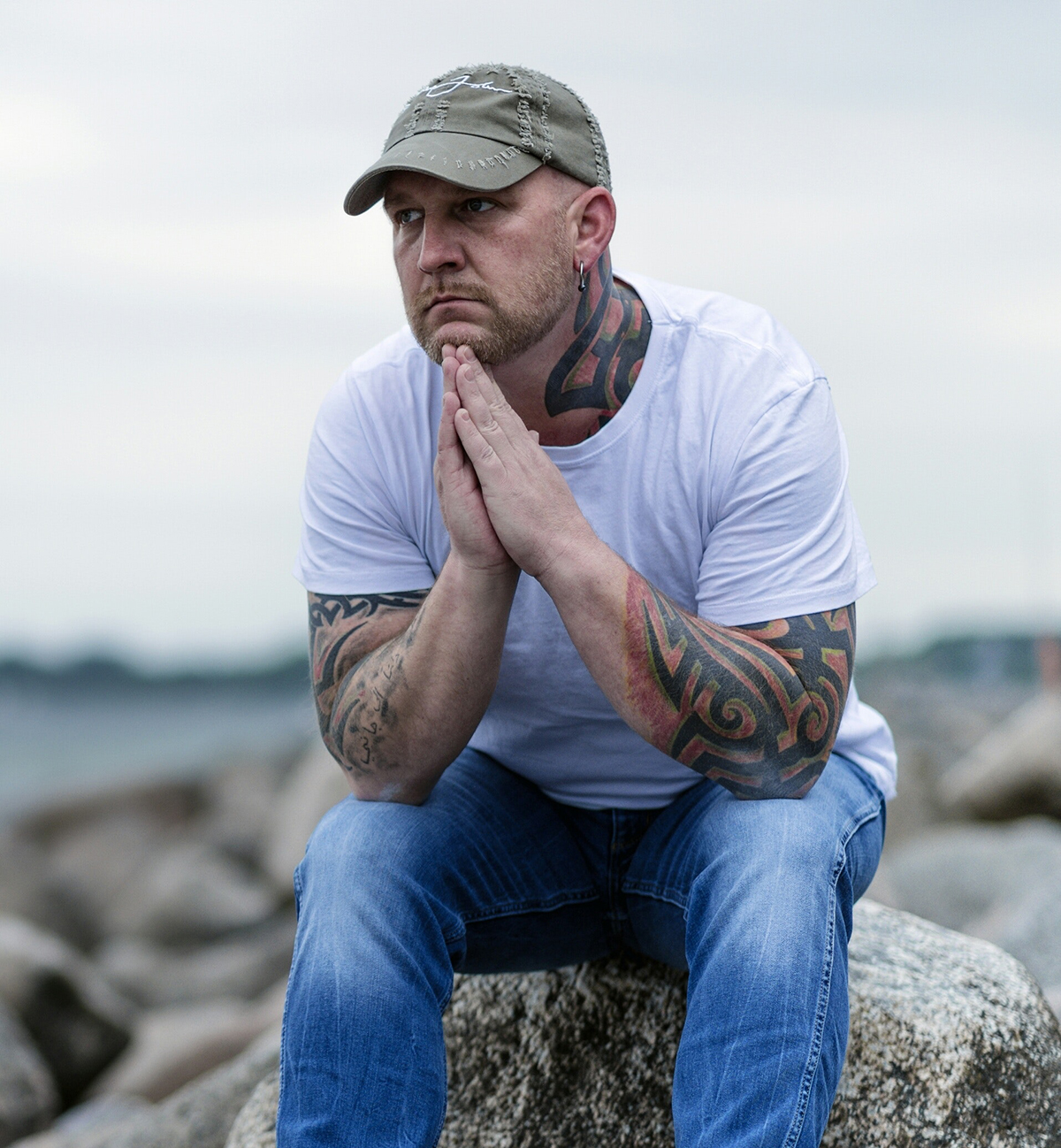Panic attacks can certainly be frightening experiences: your heart races, your breathing increases, it can feel as though there is an elephant on your chest, you get dizzy, you feel tingling in your hands and feet, you start sweating, and you get nauseous. Many people expect that they are having a heart attack or are going to lose control and go crazy.
Even more frightening is when these panic attacks come out of the blue, or in situations that you wouldn’t expect yourself to get anxious in. The lack of a specific trigger can lead people to anticipate the attacks occurring at anytime or anywhere, and can also lead to avoidance of situations where you might not be able to get out or get help if you had a panic attack.
So, what is happening with these uncued panic attacks? Are they dangerous?
Panic attacks are not dangerous – they are extremely uncomfortable, but not dangerous. Anxiety, or panic attacks, are ultimately part of the activation of the fight or flight system, which is designed to keep you safe in the face of a threat. All of those symptoms are designed to help you face a threat by fighting or fleeing. For example, increased heart rate and breathing allows more oxygen to get to your muscles, and blood is redirected from the extremities to the core muscles, which causes the tingling sensations. It wouldn’t make sense for the same system that keeps you safe to also harm you.
Why do they come out of the blue?
Although the panic attacks seem to come out of the blue – they are actually triggered, usually by a physiological sensation in your body. Think about a time that you might have eaten something that made you sick. Next time you see, taste or smell that food, you might have a sudden reaction of nausea. The reason is that the sight, taste or smell becomes conditioned to getting sick. The same thing happens with panic attacks. They are so frightening that the physical symptoms of the attack become conditioned to anxiety. So, if you are in the grocery store, and your heart skips a beat, for whatever reason, your anxiety will increase, which then causes more physical symptoms, which leads to more anxiety, until you have a full-blown panic attack.
How do I stop them?
Cognitive Behavioural Therapy (CBT) is an effective way to reduce the frequency and intensity of your panic attacks. Since anxiety isn’t dangerous, a large part of the treatment is to expose you to the anxiety and have you “ride the wave” of anxiety, since it will eventually stop on its own. In CBT we focus on exposing you to places and things that you might be avoiding, such as exercise or crowded places, in a gradual way, to help reduce the anxiety and avoidance. We also engage in interoceptive exposures, essentially re-creating some of the physical symptoms in a controlled way, and breaking the connection between the physical symptom and anxiety. It’s similar to how you might again eat that food that made you sick – you start just a bit at a time, until the conditioned response is extinguished.


